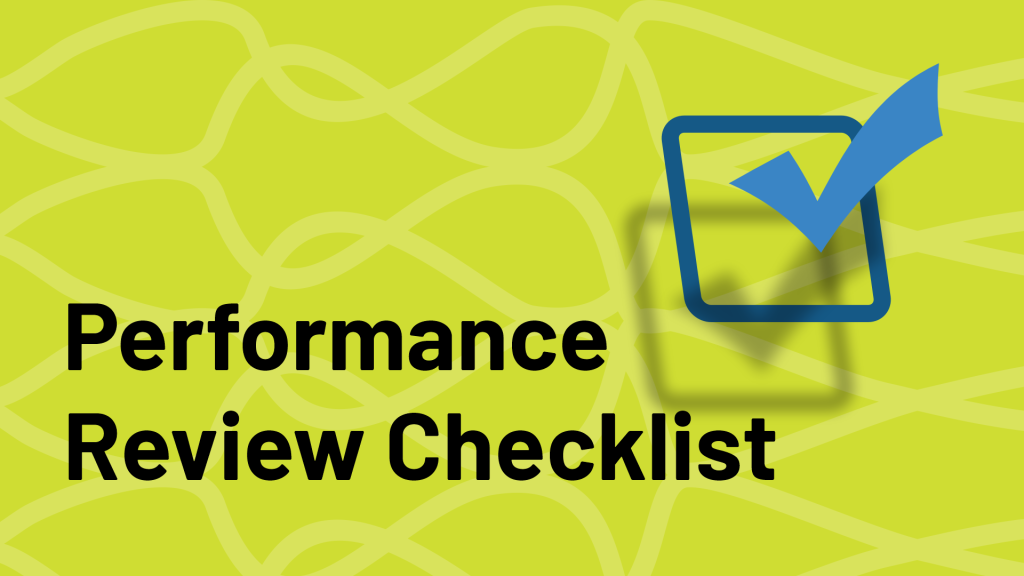Employee development has proven itself to be a strategic advantage for forward-thinking companies. In fact, according to the Association for Talent Development, organisations with comprehensive training programs enjoy 218% higher income per employee than those without. Yet, one of the most underutilised moments to fuel this development is immediately after performance reviews.
Rather than treating reviews as the end of a performance cycle, leading organisations are using them as a launchpad for growth. Post-review feedback contains actionable insights that, when harnessed correctly, can shape personalised development plans that help close skill gaps, boost engagement, and retain top talent. When feedback turns into forward motion, both your people and your business are set up to thrive.
1. Choose the plan that matters most
After a performance review, it’s tempting to write down everything that could be improved. But that kind of list overwhelms people instead of motivating them.
Instead of making an extensive list, focus on two or three areas in which they need growth that will change how they work or how the team functions. It could be something that’s holding them back, or something they’re good at that needs sharpening. Whichever it is, have it in mind that you don’t need to fix everything; you just need to move forward.
2. Guide the conversation while carrying them along
As a manager, you may already have a strong grasp of an employee’s performance gaps, as you should, but don’t always assume you have the full story. While your insights are essential, inviting the employee’s perspective adds valuable context.
Ask what feels challenging to them or what they’d like to get better at, not just for the sake of it, but to understand what resonates personally. Still, remember that not every employee will have a clear sense of what needs improvement. That’s where your role becomes pivotal: to guide the conversation, connect feedback to development opportunities, and shape a plan that aligns both individual growth and team goals.
3. Make goals concrete so progress is obvious
Vague goals rarely drive real progress, and telling an employee to be more confident, lead better, or improve visibility might sound constructive, but without clear direction, it offers little guidance on what success looks like or how to get there.
You need to be specific and ask them questions like: What does better leadership look like in this role? Is it running the Monday meeting without support? Taking ownership of one part of a project? Giving regular feedback to someone more junior?
Spell it out so they can see what progress looks like. It removes any confusion they may have, because now they know when they’re getting it right, and where to adjust if they’re not.
4. Give support that makes it real
If you tell your employee to just go figure it out, nothing will happen. Even the most motivated people need tools, time, and room to try.
Once the goals are set, your job is to help remove friction. That could mean:
- Recommending a specific course or mentor
- Reassigning work so they can focus
- Letting them shadow someone experienced
- Creating space for them to try and fail safely
It’s not about solving everything for them. It’s about showing them that the plan is more than words and that they have the backup they need.
5. Keep the conversation alive
The plan doesn’t end after you write it down. If it disappears until next quarter, it’s already dead.
Bring it up occasionally, but not in a formal way, like asking them to a meeting. Instead, just check in. Ask them what’s working, what feels stuck, and what they feel needs to change.
Maybe the goal no longer challenges them, or perhaps it missed the mark from the beginning, and that’s okay. What matters most is staying open to adjustments and keeping the development conversation active and ongoing.
When people see that you care beyond the review, they keep trying. That’s where real growth starts to show.
Final thoughts…
Post-review feedback holds real value only when it’s followed by meaningful action. A great conversation is a starting point, but it’s what happens next that truly drives development.
People don’t grow from feedback alone; they grow when there’s direction, consistency, and someone willing to walk that path with them.
So if you’re giving thoughtful reviews, don’t let the momentum die there. Build something with it, and help your people turn insight into action, and action into progress.
That’s exactly how post-review feedback moves beyond talk and starts to create real transformation.Need help sparking better conversations in your next review? Check out our 100 Performance Review Questions to Boost Team Performance. It’s a useful guide to help you spark honest conversations and uncover what your team really needs to grow.











